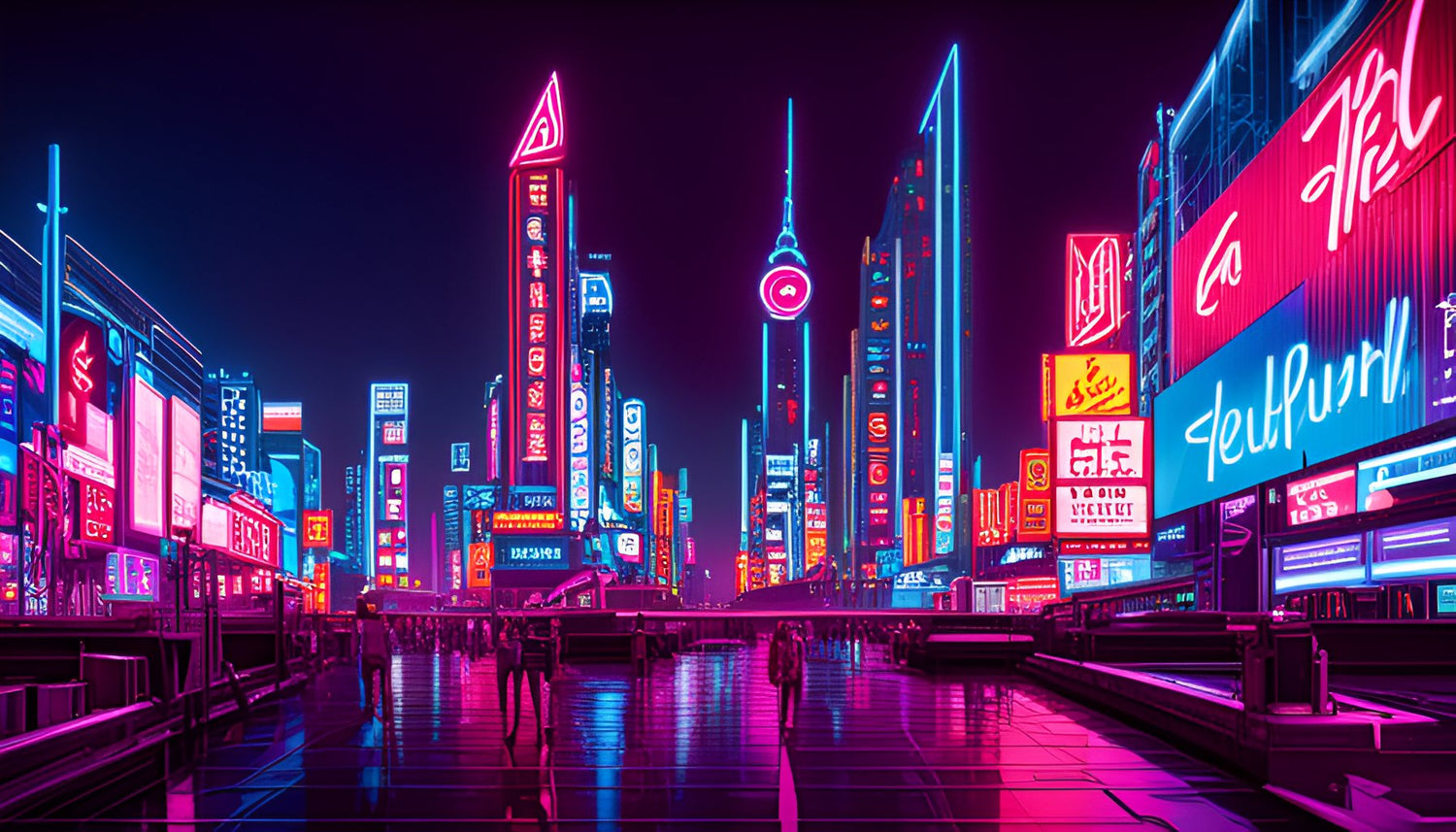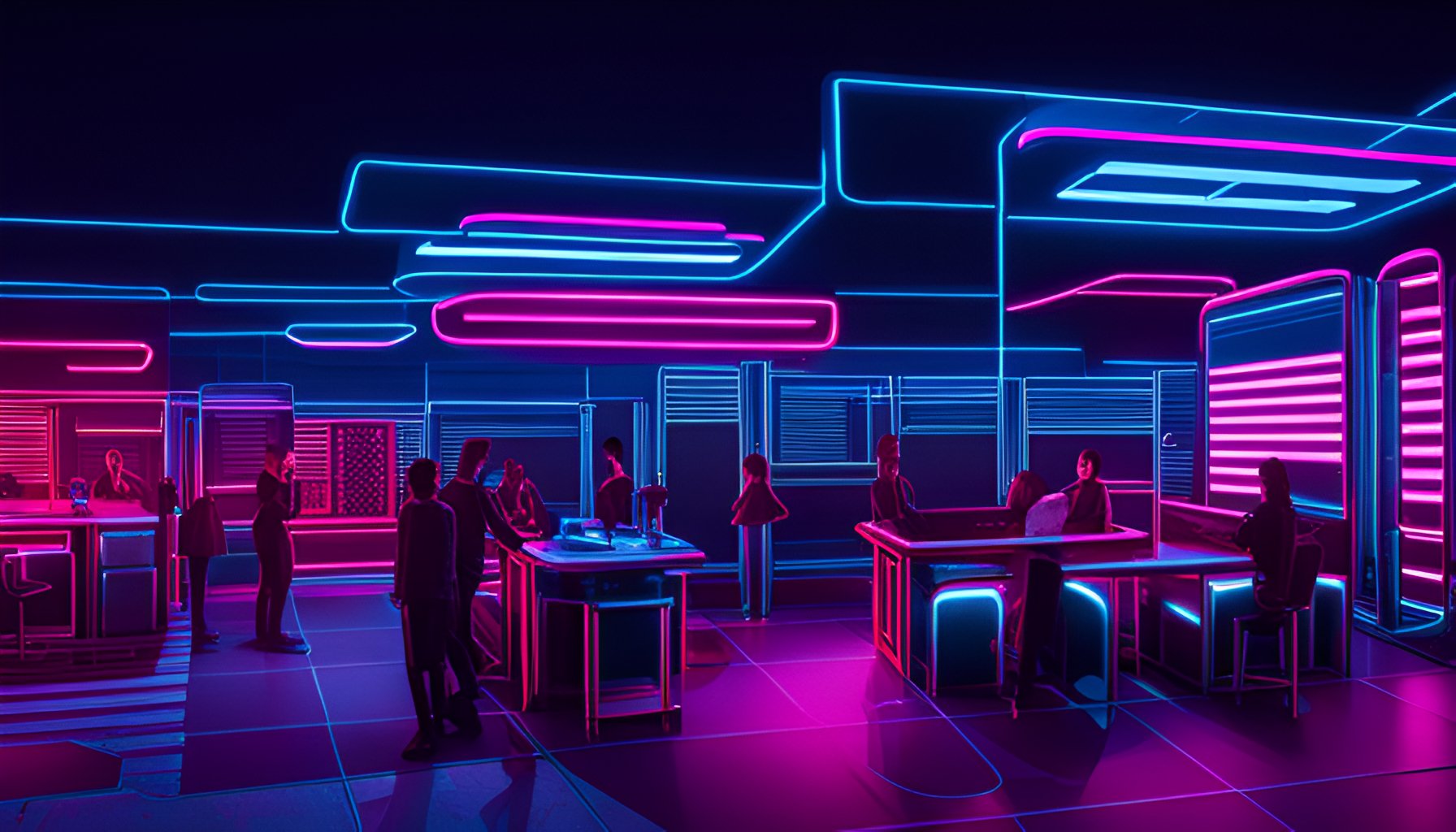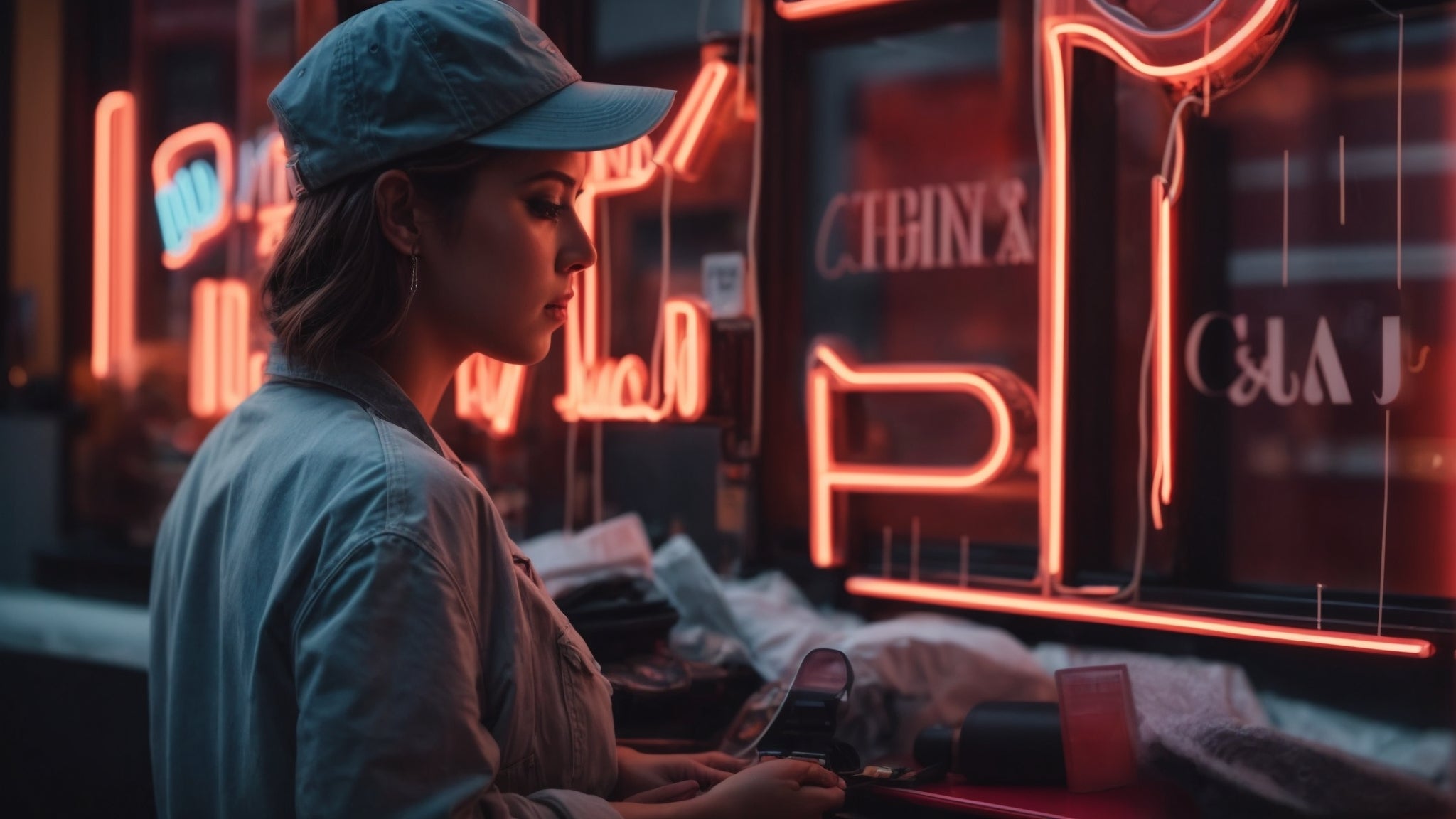Neon in Art Movements: From Pop Art to Contemporary
Neon lights have been a popular element in various art movements, from the vibrant Pop Art era to the cutting-edge Contemporary art scene. The mesmerizing glow and bold colors of neon have captivated artists and audiences alike, making it a versatile medium for self-expression and cultural commentary.
Pop Art and Neon
Neon lights became a prominent feature in Pop Art during the 1960s. Artists like Andy Warhol and Roy Lichtenstein embraced the commercial aesthetic of neon signage, incorporating it into their iconic works. The bold and eye-catching nature of neon perfectly embodied the spirit of consumer culture that Pop Art sought to critique and celebrate simultaneously.
Warhol's iconic 'Campbell's Soup Cans' series, for example, features a vibrant red neon sign spelling out the word 'Souper' above rows of soup cans. This juxtaposition of the mass-produced and the handcrafted exemplifies the Pop Art movement's fascination with the intersection of art and commerce.
Lichtenstein's works, such as 'Whaam!' and 'Drowning Girl,' often featured neon-like elements, mimicking the visual language of comics and advertising. By incorporating neon-like effects through painting techniques, Lichtenstein explored the relationship between art, popular culture, and the media.
Neon and Conceptual Art
As art movements evolved, neon continued to find its place. In the realm of Conceptual Art, neon became a powerful tool for conveying ideas and messages. Artists like Joseph Kosuth and Bruce Nauman used neon to explore the intersection of language, perception, and visual art.
Kosuth's iconic neon piece, 'One and Three Chairs,' features a physical chair, a photograph of the chair, and a neon sign that spells out the word 'chair.' This installation challenges our understanding of reality and representation, blurring the lines between object, image, and language. By using neon as a linguistic element, Kosuth raises questions about the nature of art and how language shapes our perception of objects.
Nauman's neon works, such as 'The True Artist Helps the World by Revealing Mystic Truths' and 'The Spirit of the Thing Given and Forgotten,' utilize neon text to provoke contemplation and introspection. By placing profound statements in a medium associated with commercial signage, these artists subvert expectations and challenge viewers to reconsider the nature of art and its role in society.
Neon in Contemporary Art
In the realm of Contemporary art, neon continues to be a popular medium for artists pushing boundaries and exploring new possibilities. Artists like Tracey Emin and Martin Creed have used neon to create provocative and thought-provoking installations.
Emin's neon artwork, 'I Want My Time With You,' features these words in bright pink neon, evoking a sense of desire and longing. Through the use of neon, Emin explores themes of love, vulnerability, and human connection. The immediacy and intensity of neon's glow amplify the emotional impact of her work, creating a powerful experience for the viewer.
Creed's famous neon piece, 'The Lights Going On and Off,' consists of a single neon tube that alternates between being on and off. This minimalist installation challenges our perception of art and the role of the viewer. The pulsating glow of the neon tube creates a dynamic visual experience, inviting viewers to question the nature of art and their own engagement with it.
Neon has also found its way into street art and urban environments, with artists like Banksy and Shepard Fairey incorporating neon elements into their works. This integration of neon into the public space blurs the lines between art and everyday life, making art more accessible and engaging for a wider audience. It brings art out of the traditional gallery setting and into the streets, creating a dialogue with the urban landscape and the people who inhabit it.
The Enduring Appeal of Neon
Whether it's used in Pop Art, Conceptual Art, or Contemporary Art, neon continues to captivate and inspire artists around the world. Its vibrant glow and ability to convey powerful messages make it an enduring element of artistic expression.
Neon's allure lies in its ability to grab attention, evoke emotions, and challenge conventions. Its luminous presence demands to be seen and invites viewers to engage with the work on a visceral level. Neon's association with commercial signage and the urban landscape adds a layer of cultural commentary to its use in art, expanding the dialogue between art and society.
As art movements continue to evolve, we can expect neon to remain a dynamic and influential medium, pushing boundaries and challenging conventions. From its humble beginnings as a practical lighting solution to its current status as a symbol of artistic expression, neon has solidified its place in the history and future of art.
Whether it's illuminating the streets, galleries, or public spaces, neon continues to be a beacon of creativity, innovation, and cultural significance.



Leave a comment
This site is protected by hCaptcha and the hCaptcha Privacy Policy and Terms of Service apply.